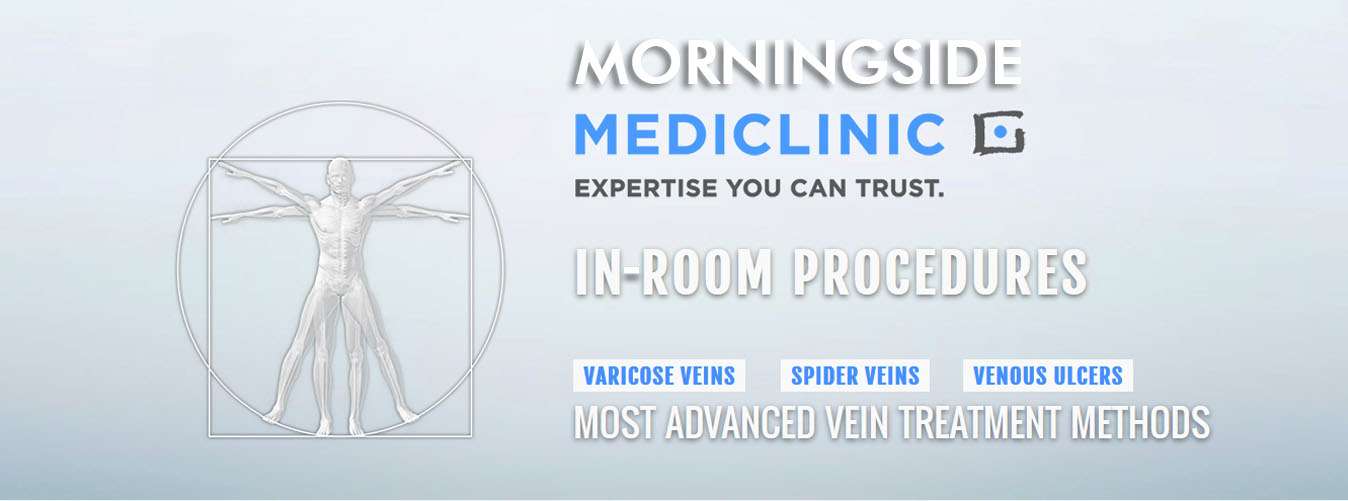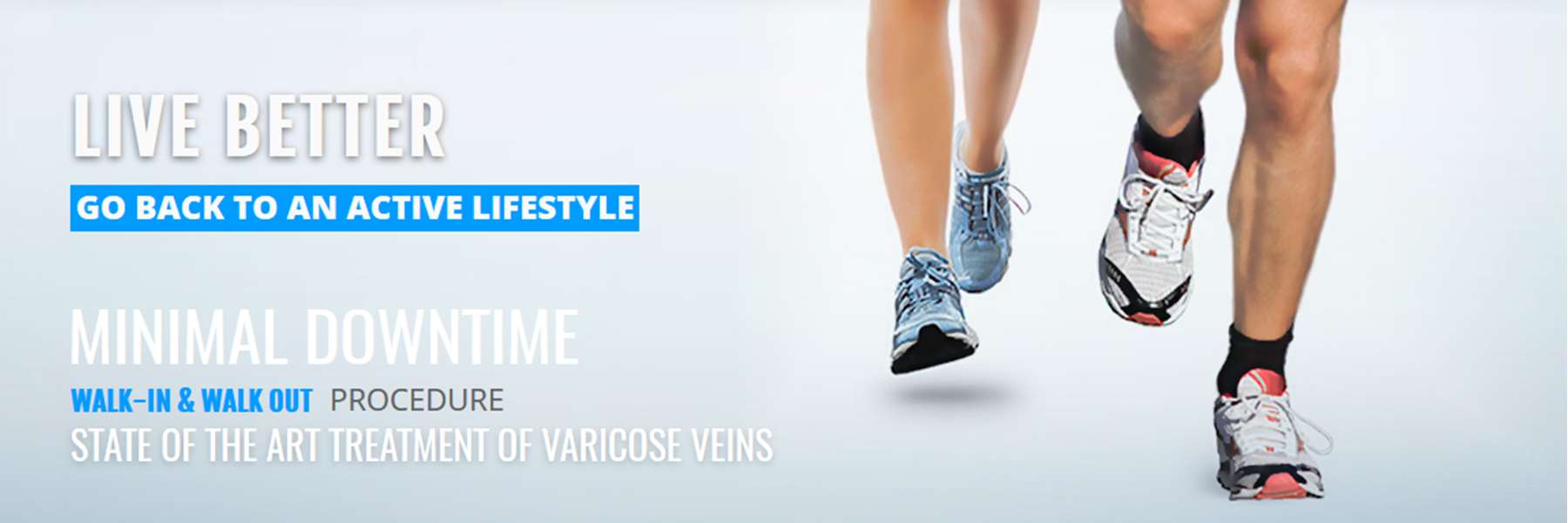How is Radiofrequency Ablation of the Vein Performed?
The radiofrequency ablation (RFA) procedure starts with the insertion of a micropuncture needle into the vein that will accommodate the guidewire or introducer sheath and, finally, the catheter. Sometimes a tiny incision is made in the skin to gain access to the vein. This opening affords room for a microscopic probe, which is guided by the ultrasound imaging upwards into the saphenous vein. No radiation is used. Local anesthesia is administered to the areas surrounding the vein with the guidance of the ultrasound as well. The catheter is then inserted into the vein for radiofrequency ablation, the positioning of which is further guided by the ultrasound. The heat emitted by the catheter gently shrinks and collapses the target vein, creating a fibrotic seal and closing the vessel, like closing a zipper. Blood flow is naturally redirected upwards into healthy veins as the recovery process begins. In most cases, results are seen almost immediately, and continue improving over a period of about one year. The majority of our patients report tolerating the procedure very well, although some cases will require IV administration of analgesics for pain associated with the procedure. Please see the video presentation if you would like to see how the procedure is performed.
Recovery/Results post Radiofrequency Ablation (RFA)
The procedure has a 97% success rate in ablating the problem veins.
Following the procedure, patients can typically return to relatively normal activities immediately, although strenuous activities should be avoided for 7 to 14 days to improve the effectiveness of treatment. In some cases, the wearing of compression stockings or support bandages may be required after the procedure, typically for a period raging between 24 hours to two weeks, as prescribed by the doctor. Some patients may experience a degree of mild bruising, inflammation and/or some mild discomfort at the treatment sites. Since bruising of the skin and further shrinkage of the varicose veins may occur, it can take several weeks before the true results of RFA are visible. Typically, the RFA is a once-off procedure, performed on both legs concurrently where both are effected. Some patients will require additional treatment, such as sclerotherapy to achieve the desired cosmetic or therapeutic results. Although RFA is a safe procedure that has been successfully performed for many years, there can be certain risks and/or side effects associated with it, as with any medical procedure. During your consultation with Dr. Popov he will discuss these possible side effects with you and answer any other questions that you may have about the procedure.





